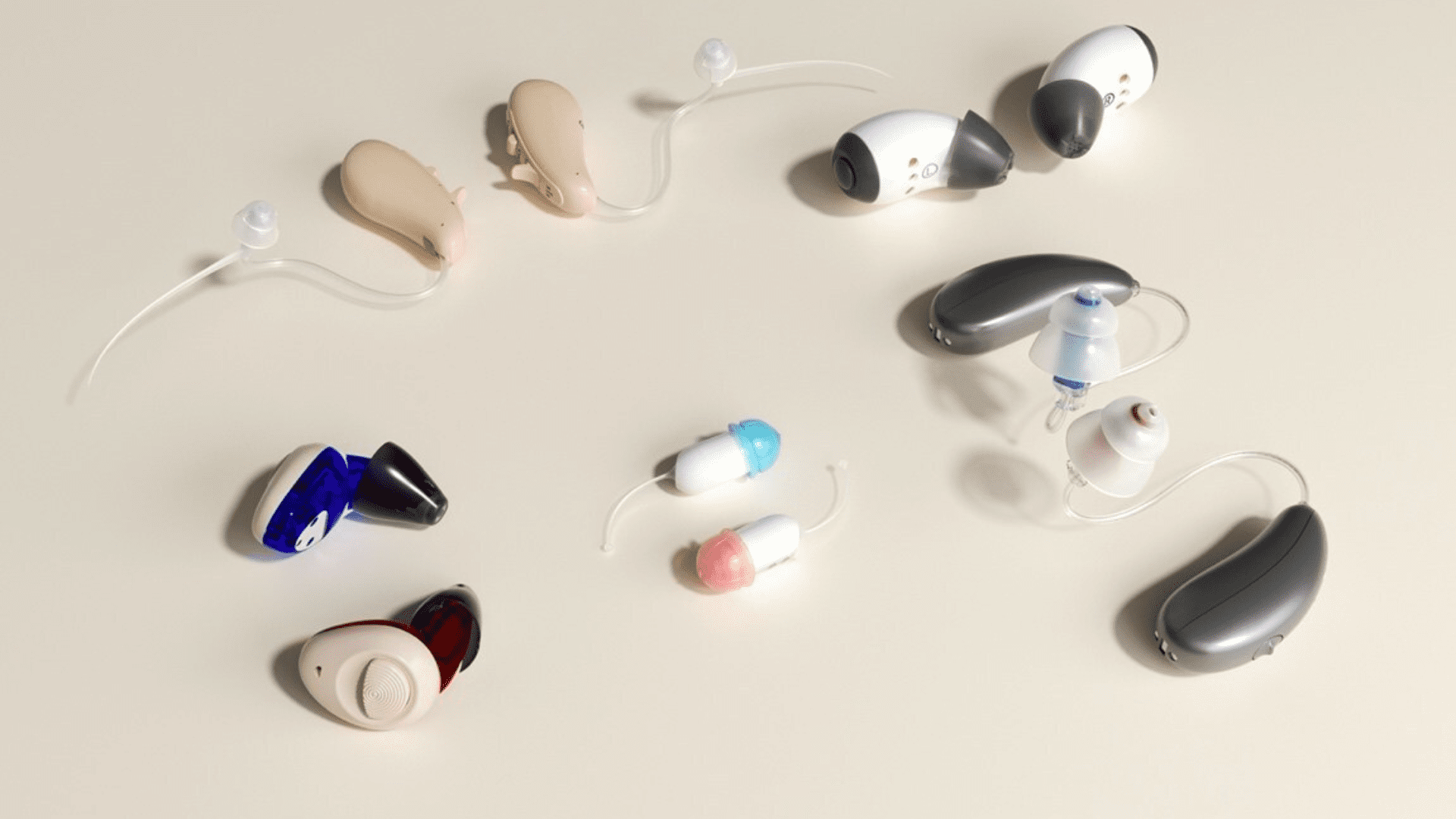When the leaves begin to change, the temperature begins dropping to a comfortable level, and the days start to get shorter we know one thing- it’s fall y’all. And that means it’s time to break out our fall wardrobe (or have an online shopping spree). It’s time to break out our turtlenecks, scarves, light jackets, and of course our boots. Boots are a staple of fall & winter wardrobes alike, but how are they made?

Once the raw material has been selected (leather, nylon, rubber, etc.) the first step is cutting out the pieces. This process varies by retailer, some electing to do this by hand while those that outsource to factories will use metal dies. The machine or person will cut the top of the shoes, the sides, a piece for the bottom of the shins, and the lining. The pieces are each cut separately and will be assembled later on.
Before assembly, any custom designs that the boot will have, such as a pattern or embroidery, are added on to the necessary pieces. For those making a hand-made boot, the design will be sketched out on paper, marked with a series of holes, laid on the piece and then sprinkled with a white powder so the pattern can be followed with a sewing machine. For the factory made boots, they’ll typically use computerized sewing machines with preprogrammed designs.

Then comes the assembly where one starts first with the top of the boot, then the insole, then the sole comes last. Speaking of last, this is also a name that refers to an anatomically correct model of a foot that is used for its assembly. In manufacturing plants, lasts are standard sizes and are made of molded plastic. In more custom shops, they’re made of hardwood and can be adjusted to the exact size of one’s foot. After the pieces have been assembled, the boot is waxed and passes a quality check and then it’s ready to go to your favorite pumpkin patch!







